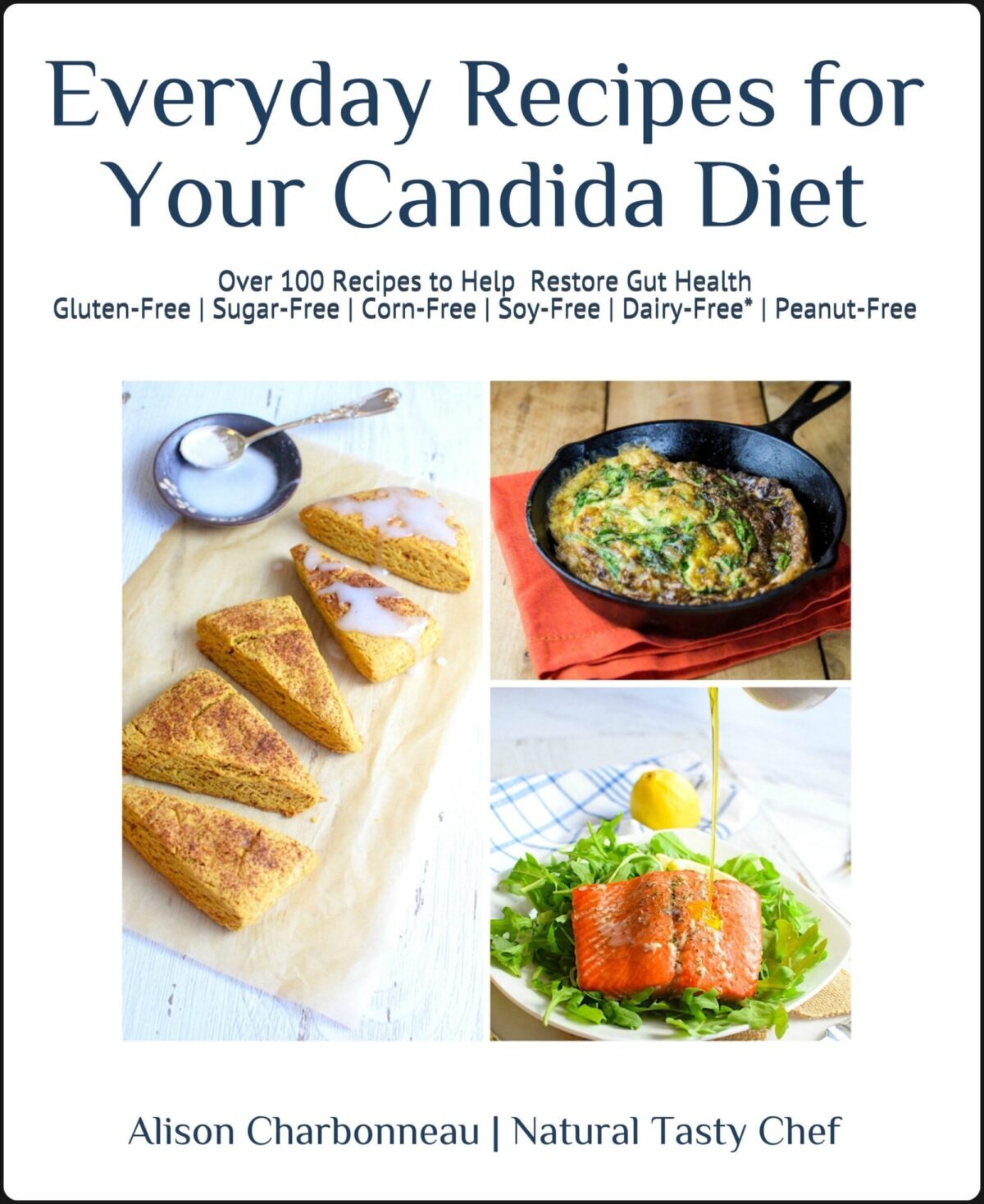“Eat your colors!” In this beautiful Anti-Candida Mountain High Salad we start with Quinoa, the gluten free, vegan powerhouse, add leafy greens, carrots and beats and drizzle with a Ginger-Mint dressing, to create a tasty meal that fits Vegan, Gluten-Free and Anti-Candida diets!
You might have heard this piece of advice when it comes to healthy eating, “eat your colors”. I know, I know, it sounds like the Skittles’ catchphrase, “Taste the rainbow”, although both sayings are on to something.
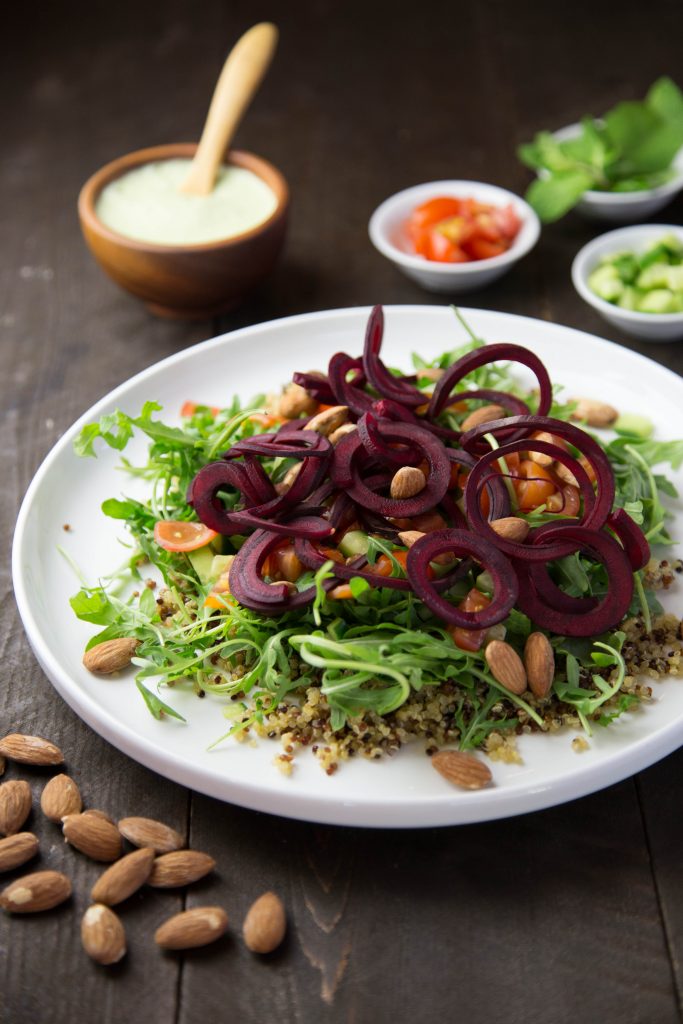
Color is important when it comes to food. Why? At a very basic level, a variety of colored fruits and vegetables means that you’re getting a multitude of vitamins and nutrients. (We’ll touch more on that later).
Colorful foods appeal to one of the great psychological tricks of the mind – you eat with your eyes. As young children, we learned to color associate. Grass is green. Sky is blue. Apples are…well they’re both green and red. But which apple is sweeter and which apple is more sour? I bet you think that the red apple is sweet and the green apple is sour? Probably because in the past you’ve experienced the tarty zing when biting into a Granny Smith apple versus the sugary satisfaction of biting into a Red Delicious apple.
No wonder we assume, before even taking a lick, that a red popsicle will be sweet and a purple popsicle will…well, you know, have that weird, fake, grape taste!
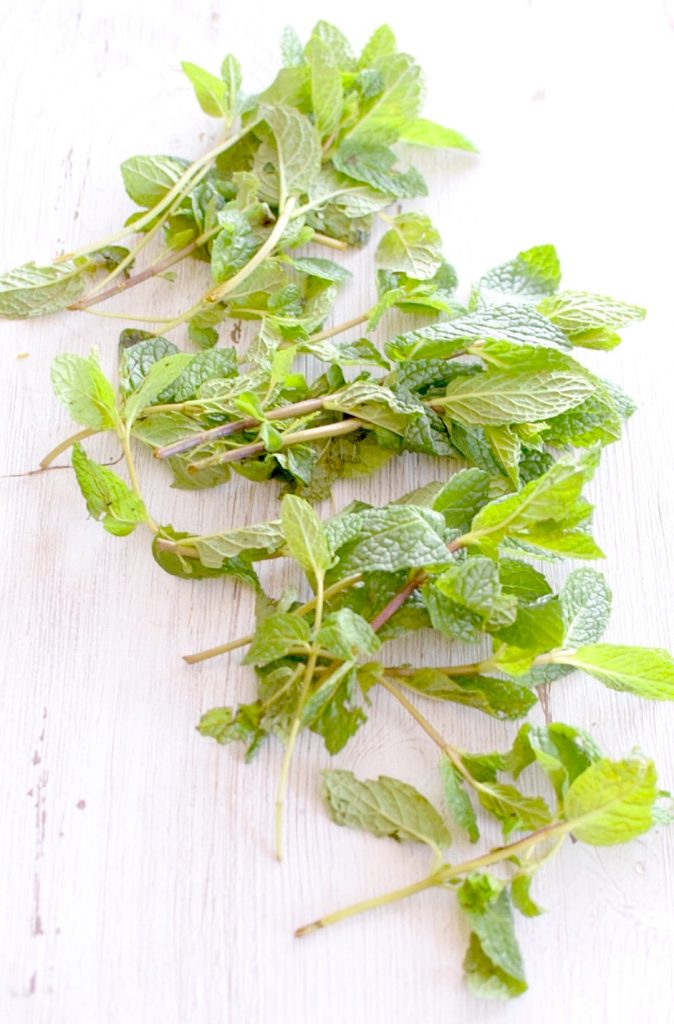
Many studies have proven the powerful association between color and appetite. My favorite example is a study performed in the 1970s in which a group of test subjects were served steak and fries. Everyone was happily eating away when suddenly the researchers changed the carefully planned lighting to reveal that the steak had actually been dyed blue and the fries had been dyed green. The result? Most of the test subjects did not want to continue eating and some even became ill. That’s the power of vision and the trickery of the brain! With this deep connection between food and color, is it so surprising that food coloring has become so prevalent?? Colorful. food. sells.

Even restaurants use color psychology to manipulate their customers’ palates. Ever notice how many restaurants use red in their decor and on their logos? Red is energizing, creates excitement and supposedly, hunger, too. Bright yellow has an irritating effect and when plastered in a dining space usually gets people to spend less time there, as if the restaurant is saying, “Order our delicious food, and then GTFO.” (hmmm, what fast food restaurant uses lots of red and yellow colors??) Blue, on the other hand, is a hunger suppressor. Some research even points to eating from blue plates if you’re trying to lose weight.
But let me steer this blog away from marketing ploys and processed foods. We’re here to talk about Natural Tasty food 😉 When it comes to fruits and veggies, a rainbow diet is the way to go. (Unicorns hang around rainbows, so you’ll be in good company). Let’s look at some specific colors: Many green vegetables provide vitamins K, C, and E, folic acid, and potassium. Orange fruits and veggies tend to be high in beta-carotene which converts inside your body to vitamin A. This one is mega important to keep your eyes, skin, teeth, and bones healthy.
Anti-Candida Mountain High Salad
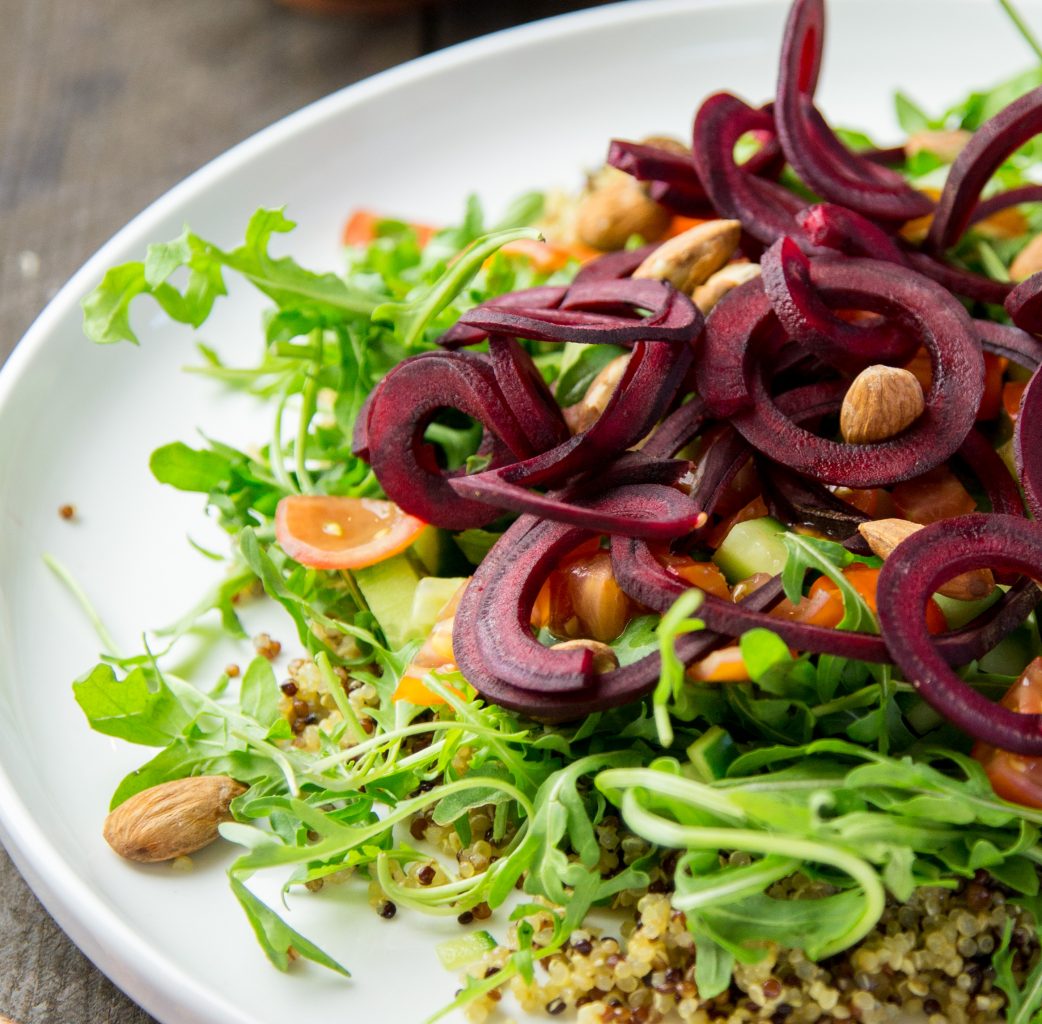
Blue and purple foods contain anthocyanin, an antioxidant, great for heart health and maintaining good blood pressure. Antioxidants within blueberries, for instance, have been shown to fight cancer in the lungs, stomach, breast and pancreas. So how much of each color should we eat per day? The answer is still a little unclear. Many scientists and nutritionists agree that it would be premature to suggest a certain ratio of colors in a person’s diet. So for now, eating colorful, just as a general rule, is a surefire way to ensure that you are including tons of naturally healing and energizing elements found straight from the ground.
With all that said I hope you enjoy this healthy, colorful and delicious salad!
Anti-Candida Mountain High Salad
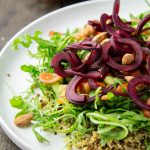
Mountain High Salad
Ingredients
Quinoa:
- 1 cup quinoa*
- 1 cup vegetable broth or filtered water
- 2 pinches sea salt divided
- 1 Tablespoon olive oil
- Juice of one lime
- 2 teaspoons brown rice vinegar
Salad:
- 4 cups leafy greens
- 1/4 cup cherry tomatoes cut in half
- 1 small carrot
- 1 small red beet
- 1/4 cup roasted and salted almonds chopped
Dressing:
- 1/4 cup olive oil
- 2 Tablespoons filtered water
- 1 inch piece fresh ginger peeled and chopped
- 1/4 cup fresh mint or cilantro
- Juice of 1 lime
- 4 drops liquid stevia** optional
- Pinch sea salt
Instructions
-
Rinse the quinoa and place in a small saucepan with 1 cup vegetable broth or filtered water and a pinch of sea salt. Bring to a boil, cover with a fitted lid and reduce heat to low. Cook for 15 minutes. Turn off heat and let sit for 5 minutes before removing the lid to prevent sticking. Dress the quinoa with sea salt, olive oil, lime juice and brown rice vinegar and fluff with a fork.
-
Place the quinoa on the bottom of each serving bowl. Top with leafy greens and cherry tomatoes. Wash and shred 1 carrot and split between each salad. Take the beet and cut off the top, then wash and spiralize it. If you do not have a spiralizer, shred the same way you did the carrot. Divide the beet between each salad as well. Finish by sprinkling almonds onto each salad.
-
To prepare the dressing, place all the ingredients into a high-powered blender. Blend starting on a low speed and work up to a high speed until creamy. Drizzle over each salad. Enjoy!
Recipe Notes
*I like tri-colored quinoa for this recipe because of all the colors, but any color quinoa will do.
**If not not on an anti-candida diet you can sub maple syrup or agave here.

Lastly, If you are looking for more guidance navigating your Anti-Candida, Vegan or Gluten-Free diet, check out my Health and Diet Coaching. Book your FREE 30-minute complimentary session HERE today!


